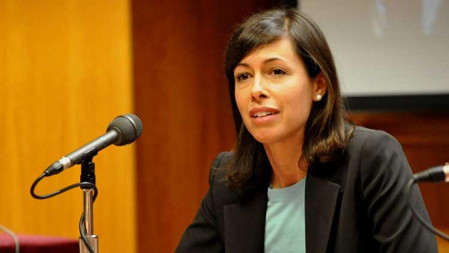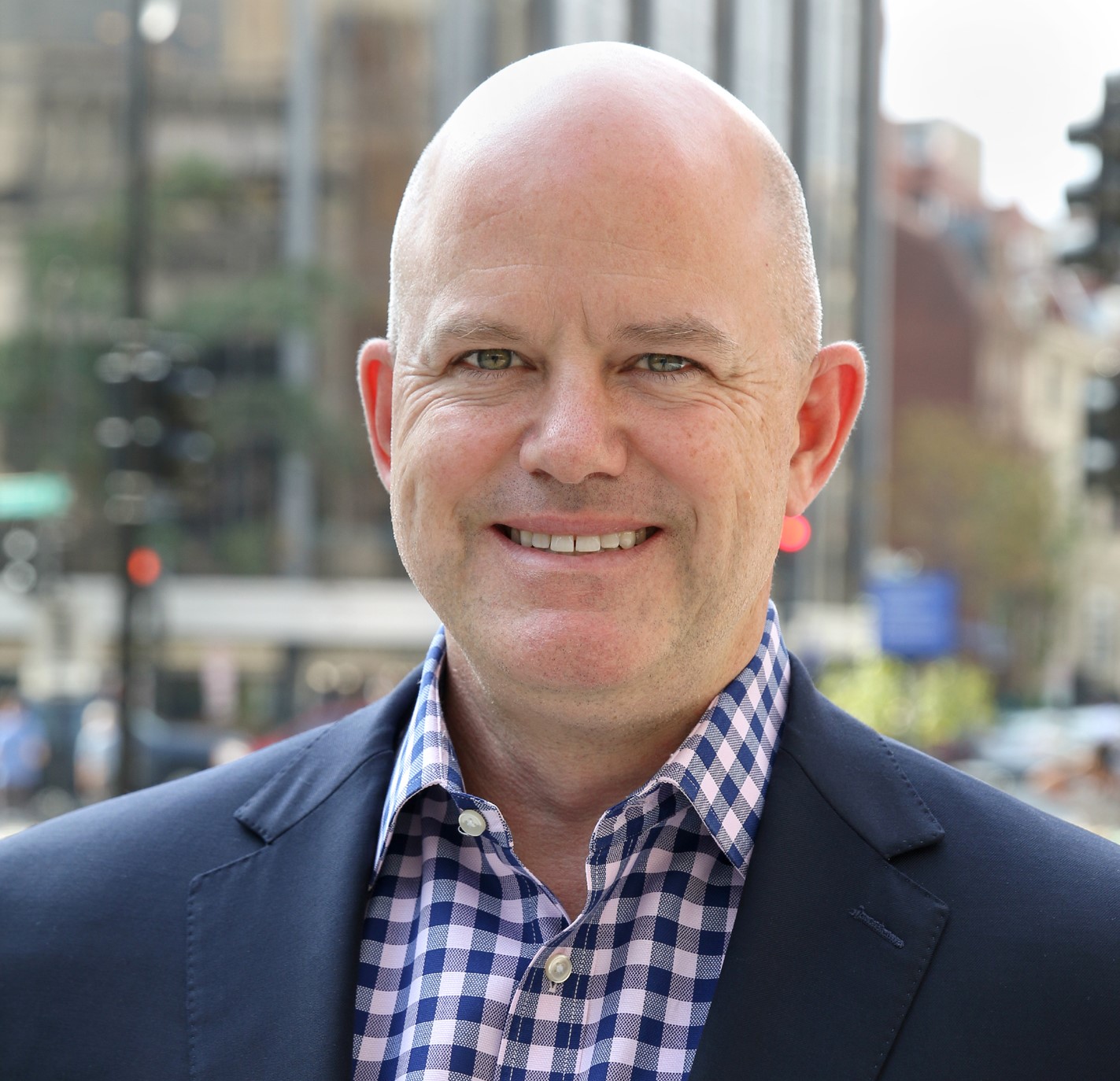Broadcasters and the State of the Digital Divide in 2024
How has the environment changed since net neutrality was removed and how will its reimposition affect progress?

In February, 2024, the FCC announced that the Affordable Connectivity Program (ACP), which has provided affordable internet services to households that could otherwise not afford them, will wind down unless Congress acts to provide additional funding.
Originally part of the bipartisan Infrastructure bill that was passed by Congress in 2021, the ACP delivers internet service financial assistance to disadvantaged households in rural and depressed urban areas. These services were lifelines during the Covid pandemic and have remained so, given the move to remote work and the need for internet connectivity to sustain gainful employment.
Pleading the case for ACP continuance, FCC Chairwoman Jessica Rosenworcel urged Congress to approve additional funding for ACP last month. If new funding is not approved, the program will terminate in April.

The stakes are high—failure to sustain this program will have dire effects on underserved families that depend on internet service as much as they rely on electricity, gas and other household utilities.
Writing to the Senate Committee on Commerce, Science and Technology on March 4, Rosenworcel stated,“Prior to participating in the [ACP] program, 68 percent of ACP households had inconsistent connectivity or zero connectivity, and….“more than 75% of ACP households expect their service will be disrupted if the ACP ends because they will need to change their plans or stop internet service entirely.… I believe we have come too far with the ACP to turn back and lose the gains we have made connecting so many households across the country.”
To address the problem, House bill HR6929—introduced in January with bipartisan support—extends the ACP with $7 billion in new funding, so Rosenworcel’s letter is an act of well-timed urgency.
Internet as a Household Utility
Heat, water and electricity have always been acknowledged as baseline household shelter needs—so why not internet? This has been an ongoing debate that began in 2015, when the Obama administration established the concept of “net neutrality,” which basically came down to “Internet for all”—without preferential treatment from internet service providers for some segments of the population over others.
Get the TV Tech Newsletter
The professional video industry's #1 source for news, trends and product and tech information. Sign up below.
Net neutrality was subsequently overturned by the Trump administration in 2018, when the FCC ruled that internet service providers indeed had the right to decide who gets premium Internet service and content, and who doesn’t.
Then in 2021, the Biden administration reinstated net neutrality by issuing an executive order. The order was followed with a bipartisan infrastructure bill that included a provision for the ACP, which ensured financial assistance to disadvantaged constituencies so they could obtain adequate Internet service in their households. This week the FCC plans to approve a measure to reinstate net neutrality.
When net neutrality was eliminated in 2018, the New York Times published a story about rural Ferry County in Northwestern Washington state. Ferry County is largely forest land, and spans 22,000 square miles. If residents wanted to access the internet, they had to go to the nearest public library—a situation that the Times described as “roughly 7,500 residents of this county, which is rich in natural beauty but internet-poor.”
Today, 93% of rural households have internet access. Internet service, often facilitated by the ACP, has made a difference in their quality of life.
“We join in the optimism that this period of unprecedented investment in American broadband represents,” said Tom Ferree, Chairman & CEO of Connected Nation. “Indeed, history is watching, and therefore it is critical that every effort be made to ensure that this unique moment is not squandered but truly delivers on the promise of providing fast, affordable, reliable, low-latency Internet access to all Americans.”
The Impact of the Digital Divide
Just as rural and disadvantaged urban households have been sustained by ACP support, the program has also benefited broadcasters and digital content purveyors, which have been able to reach larger audiences with their video content. At the same time, however, the digital divide has shifted—today the digital divide is as much about content affordability as much as it is internet access.
Experiencing price pressures from every direction, consumers want to see more economical video content options—but cable tv providers have moved instead in the opposite direction by continuing to double down with price increases that have outperformed inflation.
The end result has seen consumers moving away from cable and onto internet-based content streaming platforms that offer more flexibility, including the ability for consumers to control their own spend. This has generated a global video streaming market that has a projected CAGR of 19.3% from 2023-2030.
[Broadcasters] are the ultimate Swiss Army Knife of content distribution.”
Sam Matheny, NAB
What this means is that even if the ACP obtains new funding and households in all areas continue to enjoy Internet access that is affordable, the digital divide battle of affordability will continue to be fought in the trenches of affordable video content for consumers, such as the ability to make discretionary content streaming choices that fit consumers’ budgets. Given this, what steps can broadcasters and digital content purveyors take now to obtain maximum profitability and to reach the most consumers?
2024’s Digital Divide Strategies
To navigate the new digital divide of content affordability, the keyword for broadcasters and digital content providers in 2024 is agility—in pricing and in delivery.
So far in 2024, 99% of U.S. consumers are paying for at least one streaming service. However, 45% acknowledged that they canceled at least one streaming service in the past year because the service became too expensive.
Broadcasters have responded with a plethora of viewing options with varying price points that consumers can choose from.
(Read: ATSC 3.0 Holds Key to Educational Success in Stay-At-Home Era)
“[Broadcasters] are the ultimate Swiss Army Knife of content distribution,” said Sam Metheny, NAB CTO and EVP of NAB. “First and foremost, they continue to transmit free, over the air, high-definition video. They are also available via cable, satellite, streaming services, and direct-to-consumer through their own apps, web sites, and streaming channels. This diverse distribution model meets consumers where they are and enables viewers to access broadcaster content on their own terms.”
24/7 low-latency internet is also a requirement.

“In many cases broadcasters are adopting and leveraging cloud, virtual, and SaaS models, which provide greater flexibility for productions,” said Metheny. “These can reduce CAPEX, and may also reduce OPEX depending on how they are used.”
The hope is that with more flexible content choices and delivery options, broadcasters and video content providers can reduce costs and make progress with digital divide content affordability with consumers in all demographics—with the end results of revenue and market share growth.
Metheny is bullish on this prospect.
“[We see] broadcasters embracing NextGenTV, or ATSC 3.0, which now reaches over 75% of the country,” he said. “This advanced and innovative broadcasting technology allows for more robust, interactive content delivery, personalized services and improved audio and video quality. Because the new technology combines the best features of broadcast television and broadband, NextGen TV allows local stations to better personalize their broadcasts with information and interactive features so viewers can get the content and features most relevant to them.”
